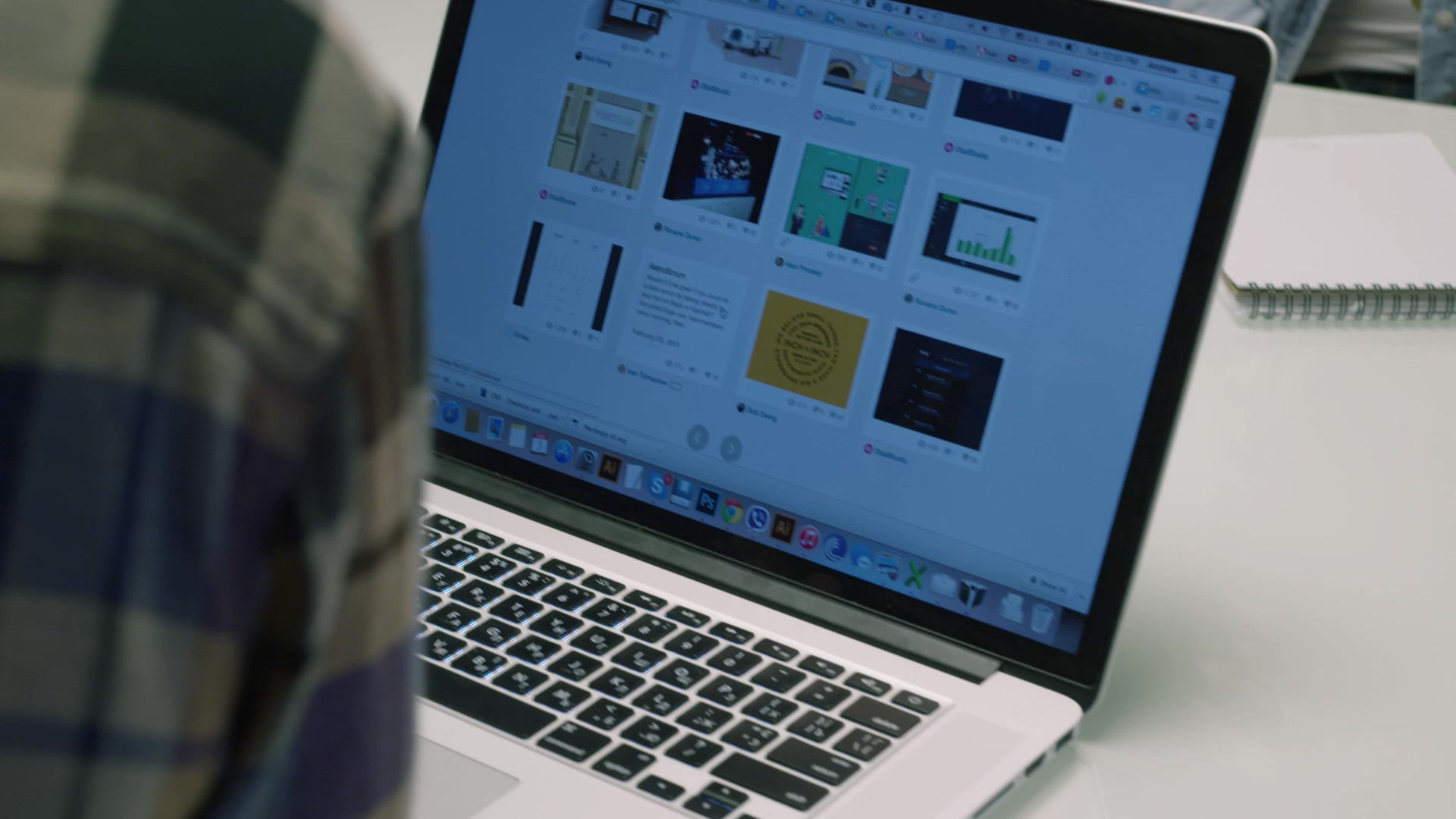
vnext: Factory design future, a ux perspective
This page features a selection from a presentation I developed to illustrate a potential future for the Factory Design Utilitie product. It includes insights from a business perspective, an assessment of the product's strengths and weaknesses, along with elements of storytelling.
Finding the Balance
How do we find the balance to keep current subscribers happy and add new ones?


The Users Process
Summary

The Users Process
Breakdown

Existing Value
Where does the current product offering have value and solve customer problems?
-
Customer Problem: They need to manage 2D & 3D representations of their facilities.
-
Solution: Factory Design Utilities capability to sync between 2D & 3D representations help users to automatically manage this today.
-
-
Customer Problem: Coslty space and interference issues encountered at build/install time.
-
Solution: Our ability to aggregate various data points and perform interference checks virtually, in the software, during the design process helps the user to identify these issues prior to encountering them in the field.
-
-
Customer Problem: Overall efficiency
-
Solution: Various layout tools (such as connectors, assets, 2D-3D sync) solve some efficiency issues, but likley not all.
-
-
Customer Problem: Managing their data, factory layouts, assets, and even release process.
-
Solution: Our Vault integration helps to solve some of these issues today, but does not address all of them well.
-
-
Customer Problem: How do I model, simulate and validate my manufacturing process?
-
Solution: Part of the Factory Design Utilities offering called "Process Analysis" helps to address this but is not well known.
-
Limitations
Major roadblocks/limitations in today's solution.
-
Single User
-
The solution today assumes it is a single user that is using it and that all activities are performed sequentially and actually does not allow users to complete tasks simultaneously.
-
-
Not a True Sync
- The "sync" today is really either a push or pull with a source always overwriting a destination with anything unique in the destination being lost.
-
Locked Data
- Today, the data is locked in the CAD files. With no "single source of truth" coupled with the fact there are multiple CAD files for a single layout design, it is nearly impossible for any kind of downstream access to the data.
"The Big Picture"
Storyboard | vNext: What it could be.




A Closer Look
Statement Starters
A LUMA Exercise
-
In what ways might we enable collaboration and better communication?
-
In what ways might we help the customers manage their design data?
-
How might we ensure customers are successful with our software?
-
In what ways might we help customers complete their projects faster, more efficiently, and with fewer errors?
-
In what ways might we allow customers to use and reuse data they have access to?
-
In what ways might we help customers to improve their design completeness and accuracy?
-
In what ways might we improve design reviews and issue resolution for customers?
-
How might we enable customers to make better data driven decisions?
-
How might we provide our customers insights into their production processes and output?
Connections
A recurring theme in the statement starters and a key of Factory Design vNext is the importance of connections. Our goal is to link designs, data, and people to facilitate quicker, more informed decisions, ultimately leading to designs that are more efficient, accurate, and free from errors.

1. In what ways might we enable collaboration and better communication?
Enabling Collaboration - Concurrent Design
-
Factory Common Data Environment: By moving data out of the CAD files and centralizing it, we will enable collaborative, multi-user workflows across the FDU products. This will also make the data available via Forge for other tie-ins.
-
Real Time Design Change Alerts: to ensure that when multiple users are working on the same layout, we will provide real time change alerts. When a layout is saved, other users who have the layout open are alerted to those changes and offered to pull in the updates. Note that there could be conflict resolution needed both when the initial person saves and when the other users update their opened layouts.
-
Conflict Resolution: While we should and will strive for a solution that avoids conflicts altogether, there will likely at minimum always be some edge cases that need to be covered.

Enabling Collaboration - Concurrent Design
Factory Common Data Environment

-
Creating the Factory Common Data Environment will provide the users the ability to more closely collaborate with the Factory Design Utilieis and with downstream consumers.
-
This will eliminate the "wall" between the various stages and condense project timelines by permitting overlap and simultaneous work to occur.
-
By connecting all of the various stages in the layout lifecycle, we can eliminate errors and delays for the customer.

Enabling Collaboration - Concurrent Design
Real Time Design Change Alerts

-
Connected users receive live design change alerts as changes are committed.
-
When a design document is opened, it is updated to the latest and a compiled change list will be available to view.
Enabling Collaboration - Concurrent Design
Conflict Resolution

-
Automatic Resolution
-
While automatic resolution is the goal, it is unrealistic to think it will be achievable 100% of the time.
-
We will automatically resolve any modifications where there were 0 conflicts.
-
i.e. users edit the same asset, but different property values on that asset.
-
-
-
Manual Resolution
-
In the events where conflicts cannot be automatically resolved, users will needed to decide which modification to keep.
-
-
This will promote increased and simplified communication with stakeholders.